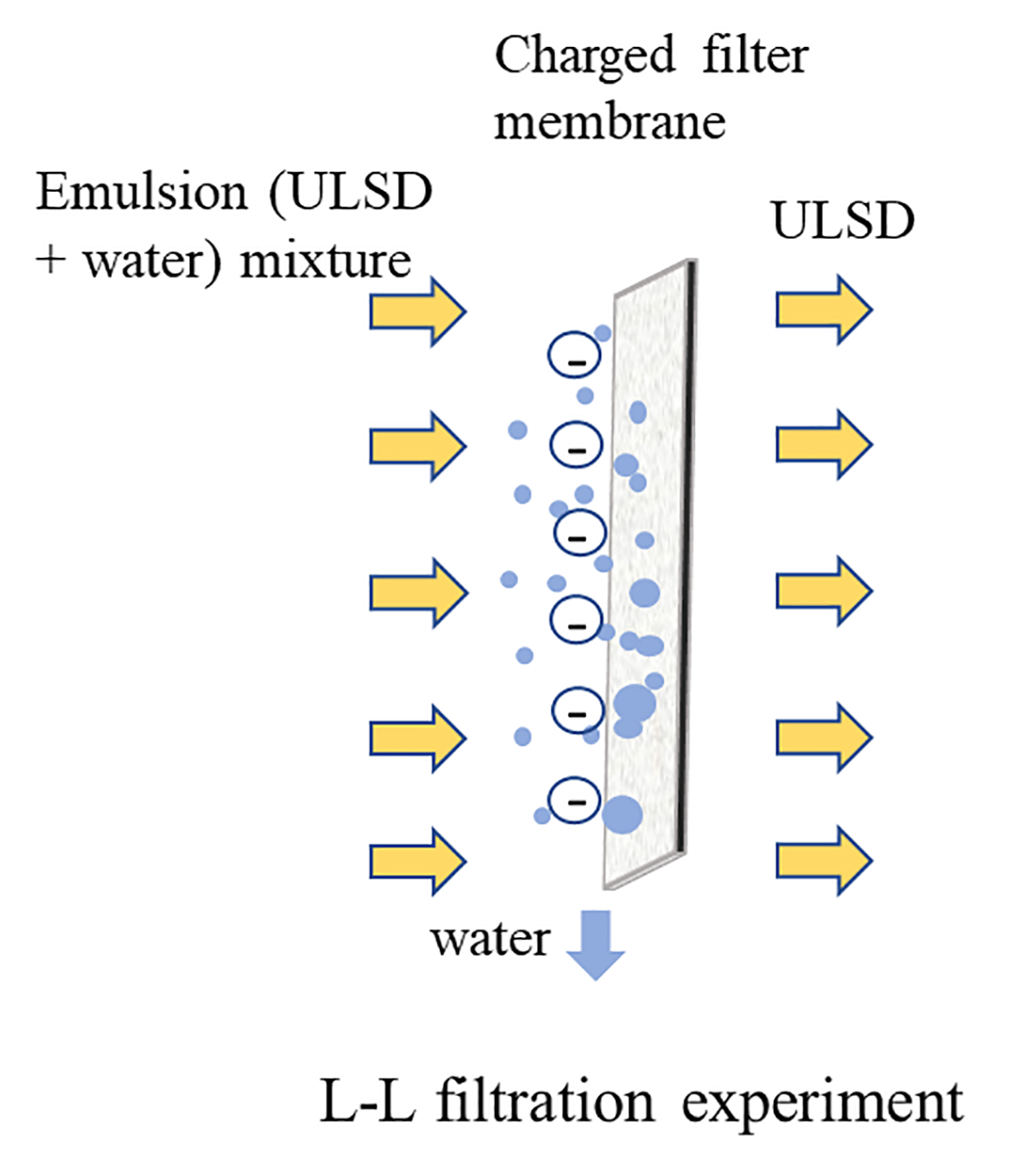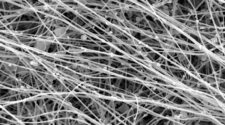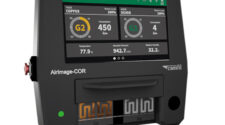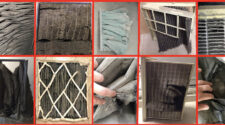Sreevalli Bokka is pursuing a Ph.D. degree in Chemical Engineering from The University of Akron under the supervision of Professor George G. Chase. Sreevalli received her undergraduate degree in Chemical Engineering from Jawaharlal Nehru Technological University in India with a research focus on microemulsions and polymers.
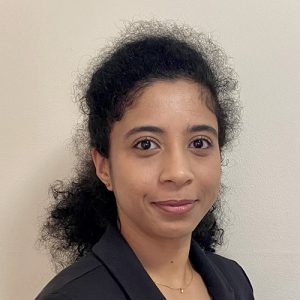
3rd year Ph.D. student
Department of Chemical, Biomolecular and Corrosion Engineering
The University of Akron
Professor/Advisor:
George G. Chase, Ph.D.
uakron.edu/engineering/CBE/
Sreevalli started her graduate study researching charged filter membranes to enhance the performance of the membrane in applications of air and liquid filtration. Currently, Sreevalli is working on designing charged-aligned fiber yarns for the separation of particles for applications in air filtration. Over the past three years, she has explored the advantages of charged filter media and the potential of aligned fibers in the charged media to improve the filtration efficiency and performance of the filter element.
Research overview
The hypothesis of Sreevalli’s research is to design a charged filter media for separation in air and fuel filtration applications. These separations are important in several applications to separate solids, water, and other organic particles from various liquids such as diesel fuel and other organic solutions. Filter membrane in general will achieve separation using mechanical capture such as impaction, inertial impaction, diffusion, and gravitational settling. In charged filter membrane the capture of particles is dominated by the four mechanisms of separation described above and by electrostatic attraction. As the filtration occurs on the filter media, the electrostatic mechanism plays a dominant role in particle capture, but as time progresses particle capture from electrostatic force reduces and becomes dominant by mechanical capture, and during this process water droplets coalesce and drop due to gravity, thereby increasing the electrostatic attraction. This combination of electrostatic attraction and mechanical capture helps in maintaining the filtration efficiency uniform throughout the filtration and to keep the pressure drop low.
PVDF fiber filter membrane is prepared and tested for separation of dispersed water droplets from ultra-low sulfur diesel fuel. The results show that the charged fiber media had shown significantly lower pressure drop compared to the noncharged filter membrane.
To further improve the electrostatic attraction on the filter media, the surface charge on the fiber needs to be increased. The electrospinning process produces a random fiber alignment of fibers. This process of filter membrane preparation shows a smaller surface area. A design consideration to improve the surface area of the fiber is evaluated by producing fiber yarn where the surface area of the fiber is improved and evaluated for an increase in surface charge.
To further explore the advantages of charged filter membrane PVDF fiber yarns are designed and tested for charge measurements and in the separation of NaCl particles from the air stream. The fiber yarns have shown a higher charge value per unit area compared to the flat filter membrane and have shown significantly better performance for the separation of NaCl particles from air stream.
The hypothesis of Sreevalli’s research is to design a charged filter media for separation in air and fuel filtration applications. These separations are important in several applications to separate solids, water, and other organic particles from various liquids such as diesel fuel and other organic solutions.
The objective of Sreevalli’s research is to understand the effect of aligned fibers in the yarn and to further study the impact on the improvement of overall charge on the filter. The results are to be compared with the simulation results using the FlexPDE study.
In future work, Sreevalli is planning to test the effect of charged fiber yarns in the separation of water droplets from the ultra-low sulfur diesel fuel. Evaluating and establishing the importance of aligned fiber yarns in the separation applications. This will employ the fiber yarns in the separation of contaminants from various applications thus reducing the release of harmful gases and pollutants from entering the environment.
Career goals
Currently, Sreevalli is working towards completing her Ph.D. in the next year. She has a couple of papers and book chapter published as co-author, with another paper under submission as well as a research paper in development.
She participated and presented a technical presentation at the 2019 American Filtration and Separations Society conference held in Cleveland. She had an internship with Parker Hannifin corporation in the summer of 2019 and holds two patent-pending applications. After graduation, she anticipates continuing her efforts in developing novel ideas and in long term to implement them at an industrial scale.
Inspired to provide a solution to the challenges faced by the industry, she would like to work toward sustainable solutions. Motivated by some of her professors and mentors, Sreevalli envisions herself working on separations research for the filtration and separation industry in the long term.


